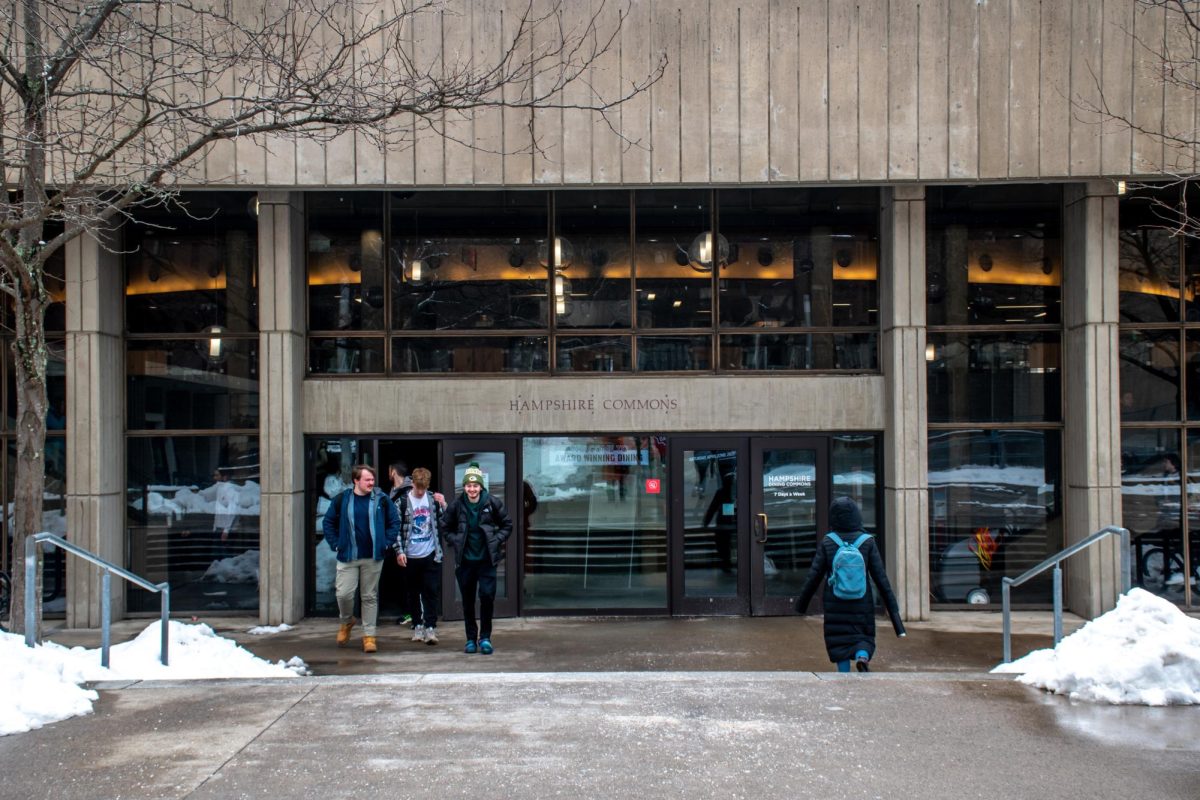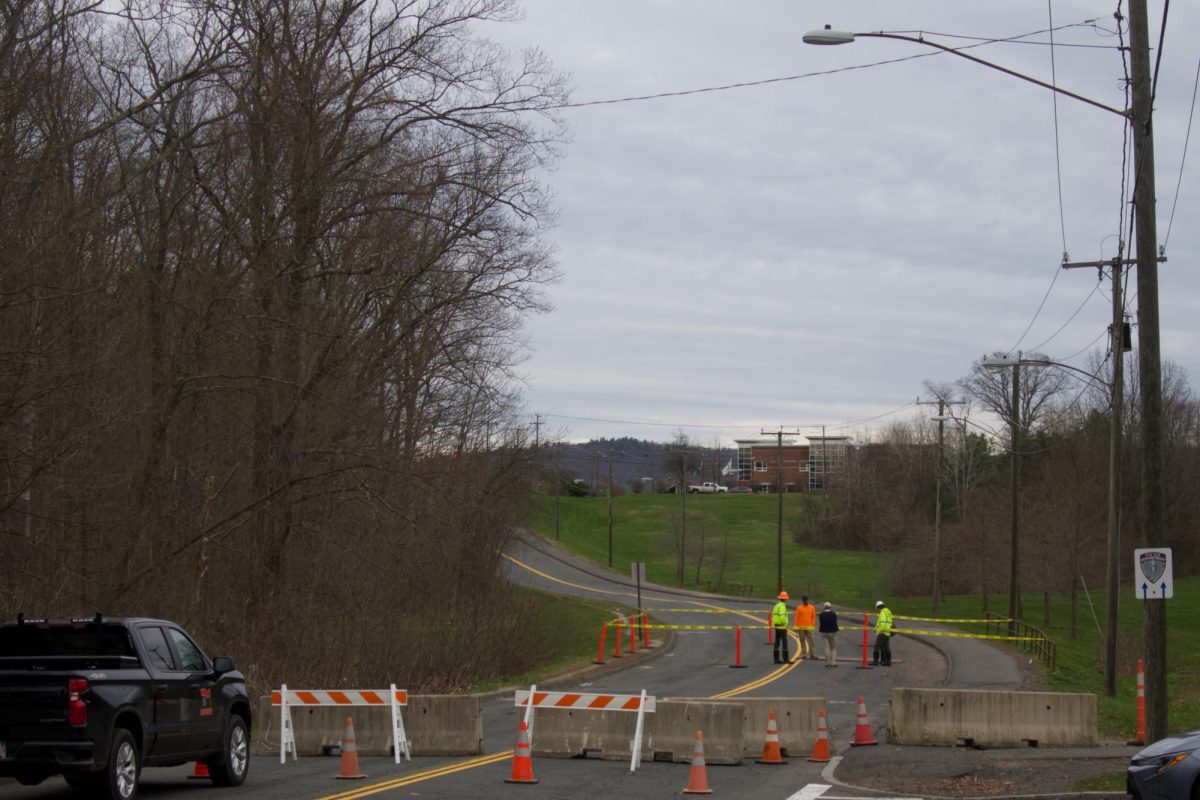
The effects of Hurricane Sandy are expected to impact the Amherst area Monday or Tuesday next week, according to National Weather Service meteorologist and hurricane specialist Charlie Foley. Although the storm – which could include snow – moved through the Bahamas yesterday with winds up to 135 mph, Foley is unsure how strong it will be once it gets to Amherst.
“It’s not a sure thing that it will hit,” he said.
But officials at the University of Massachusetts aren’t taking any chances. Keeping in mind last year’s Halloween snowstorm – which left some in town powerless for several days – the school’s Emergency Management team started planning preparations yesterday afternoon.
“Any of the things that we’ve done in the past, we will do in the future,” said University spokesman Ed Blaguszewski.
Preparations focus on food management, transportation, police involvement and help from information technology experts, according to Blaguszewski. They will also prepare for potential flooding.
According to Foley, who works at the National Weather Service in Taunton, Amherst could endure “winds up to 75 mph, or less than that.”
“The effect could be devastating or it could be minimal,” he said.
At this time, the Emergency Management team at UMass is also unsure of how rigorous preparations will be, and continue to track the hurricane.
“It really depends on the storm,” Blaguszewski said.
Meteorologist Ed Carroll of Springfield-based TV station WGGB ABC40 said that he probably won’t know the full nature of the storm until Saturday or Sunday.
But “people should always be prepared,” he said.
Blaguszewski said that the team plans on communicating with the entire campus community in a day or two.
The team is planning on ways to shelter people, use emergency power and draw on food supplies, if the storm should occur.
“We have a lot of people to feed,” he said.
Foley advised residents to keep up with the weather reports and to take precautions.
“People should be aware of the progress,” he said. “It has the potential to be a very serious storm.”
Foley warned that the fall foliage could be hazardous as falling trees may take down power lines, increasing the chances of outages.
He remembered last year’s October snowstorm, when there were “people without power for a long time.”
“We’re planning with the expectation that we need to be ready,” Blaguszewski said.
Carroll advised people to save up on batteries and fresh water, but he noted that he’s still unsure of the complete impact that the storm could have on the area.
“For the most part we survive these things. It’s not like Armageddon,” he said.
Mary Reines can be reached at [email protected].


















